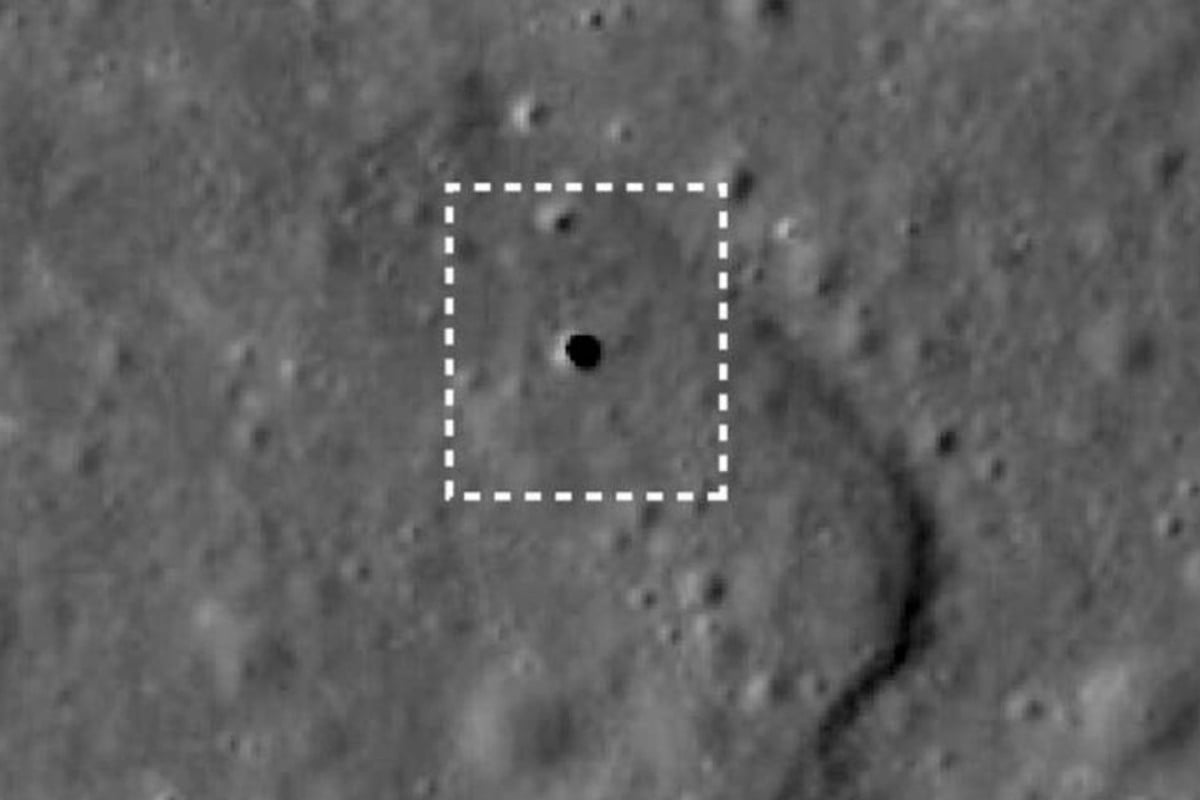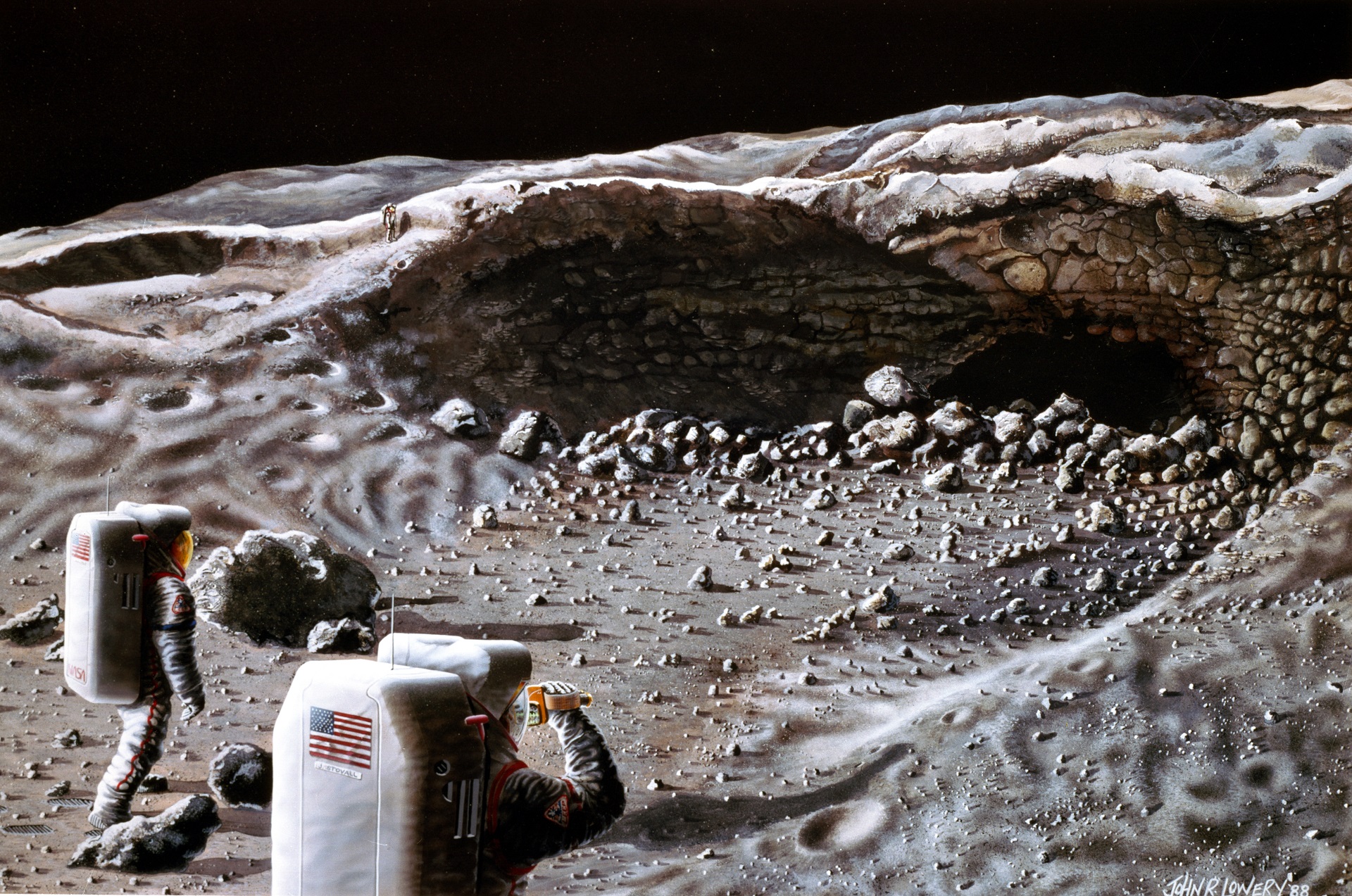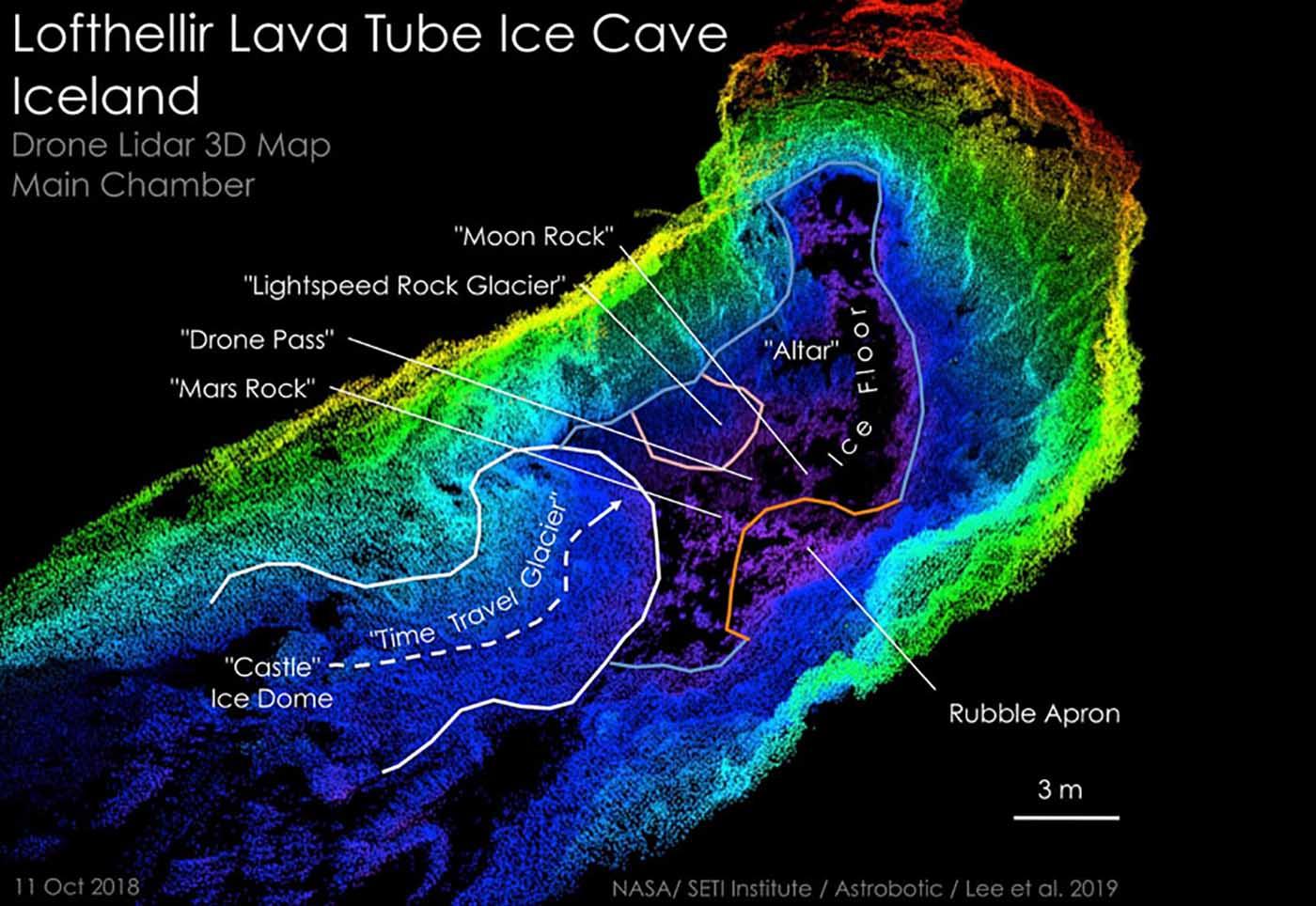Moon Caves Discovery and Exploration

Nasa moon caves – Moon caves have captivated the imaginations of scientists and space enthusiasts alike for decades. These subterranean structures offer a unique opportunity to study the Moon’s geology, history, and potential for future human exploration. In recent years, several missions have been launched to explore moon caves, with promising results.
The allure of NASA’s moon caves has captivated scientists for decades, promising a glimpse into the origins of our solar system. Yet, amidst the excitement surrounding these celestial wonders, the recent revelation about J.D. Vance’s family lineage serves as a sobering reminder of the complexities that often accompany such discoveries.
As we venture deeper into the uncharted territories of space, we must not forget the human stories that intersect with our scientific pursuits, for they too shape the narrative of our collective exploration.
Past and Ongoing Missions
The first mission to successfully explore a moon cave was the Soviet Luna 21 lander in 1973. The lander deployed a rover that entered the Mare Serenitatis cave, returning valuable data on the cave’s environment and geology. In 2009, the Japanese Kaguya spacecraft detected possible skylights in the Marius Hills region of the Moon, suggesting the presence of subsurface caves.
Currently, several missions are planned or underway to explore moon caves. The European Space Agency’s (ESA) Lunar Pathfinder mission, scheduled for launch in 2023, will deploy a rover to the Mare Frigoris region to search for caves and collect samples. NASA’s Artemis program also includes plans to send astronauts to explore moon caves as part of future lunar missions.
The possibility of moon caves on the lunar surface has long fascinated scientists, with recent discoveries suggesting their existence. These caves could provide valuable insights into the moon’s history and potential resources. However, the exploration of these caves is not without controversy, as evidenced by the recent Delta Airlines Palestinian flag incident.
This incident highlights the need for international cooperation and sensitivity when dealing with such delicate matters. Despite the challenges, the exploration of moon caves remains a promising frontier in space exploration, offering the potential to unlock new scientific knowledge and resources.
Challenges and Opportunities
Accessing and studying moon caves presents several challenges. The caves are often deep and narrow, making it difficult for rovers or astronauts to navigate. The lunar environment is also harsh, with extreme temperatures and radiation levels. Additionally, the caves may contain delicate formations that could be damaged by exploration activities.
Despite these challenges, moon caves offer a wealth of scientific opportunities. They may contain evidence of past volcanic or hydrothermal activity, providing insights into the Moon’s geological history. Caves can also shelter ice deposits, which could be a valuable resource for future human missions. Additionally, the unique environment of moon caves may have preserved organic molecules or even microbial life.
Scientific Implications of Moon Caves

Moon caves offer a unique and potentially transformative environment for scientific exploration. They are pristine environments that have been shielded from the harsh lunar surface conditions for billions of years, providing a potential record of the early solar system and the evolution of the Moon. Studying moon caves could lead to groundbreaking discoveries in a wide range of scientific disciplines, including lunar geology, astrobiology, and planetary science.
Lunar Geology
Moon caves provide a unique opportunity to study the geological history of the Moon. The Moon’s surface has been heavily bombarded by asteroids and comets over billions of years, eroding and obscuring much of its geological record. However, moon caves are protected from these impacts, and their interiors may contain pristine samples of lunar rocks and minerals that have been preserved since the Moon’s formation. By studying these samples, scientists could gain insights into the Moon’s early history, its composition, and its geological processes.
Astrobiology
Moon caves could also be a potential habitat for life. The caves provide a protected environment from the harsh lunar surface conditions, and they may contain water ice and other resources that could support microbial life. Scientists are particularly interested in studying moon caves that are located near the lunar poles, where the temperatures are cold enough to preserve water ice. If life is found in moon caves, it would have profound implications for our understanding of the distribution of life in the universe.
Planetary Science, Nasa moon caves
Moon caves could also provide valuable insights into the evolution of other planets in our solar system. The Moon is a relatively small and inactive body, and its geological processes are relatively simple compared to those of larger planets like Earth and Mars. By studying moon caves, scientists can gain a better understanding of the fundamental processes that shape planetary systems, and they can apply this knowledge to the study of other planets and moons.
Technological Advancements for Moon Cave Exploration: Nasa Moon Caves

Moon cave exploration requires significant technological advancements to overcome the unique challenges of the lunar environment. These advancements encompass developing specialized equipment, enhancing robotic capabilities, and leveraging innovative approaches for data acquisition and analysis.
Comprehensive Plan for Technology Development
A comprehensive plan for developing technologies and equipment for moon cave exploration should prioritize the following areas:
– Autonomous Navigation and Mapping: Robots equipped with advanced sensors and AI algorithms to autonomously navigate and map complex cave environments.
– Environmental Monitoring: Sensors to measure temperature, humidity, radiation, and other environmental parameters within caves.
– Sample Collection and Analysis: Robotic arms and sample collection systems designed for delicate operations in confined spaces.
– Data Transmission and Communication: Reliable communication systems for transmitting data from cave interiors to surface or orbiting platforms.
– Power and Energy Management: Efficient and long-lasting power sources for extended cave exploration missions.